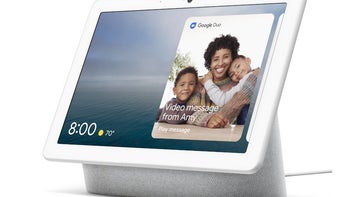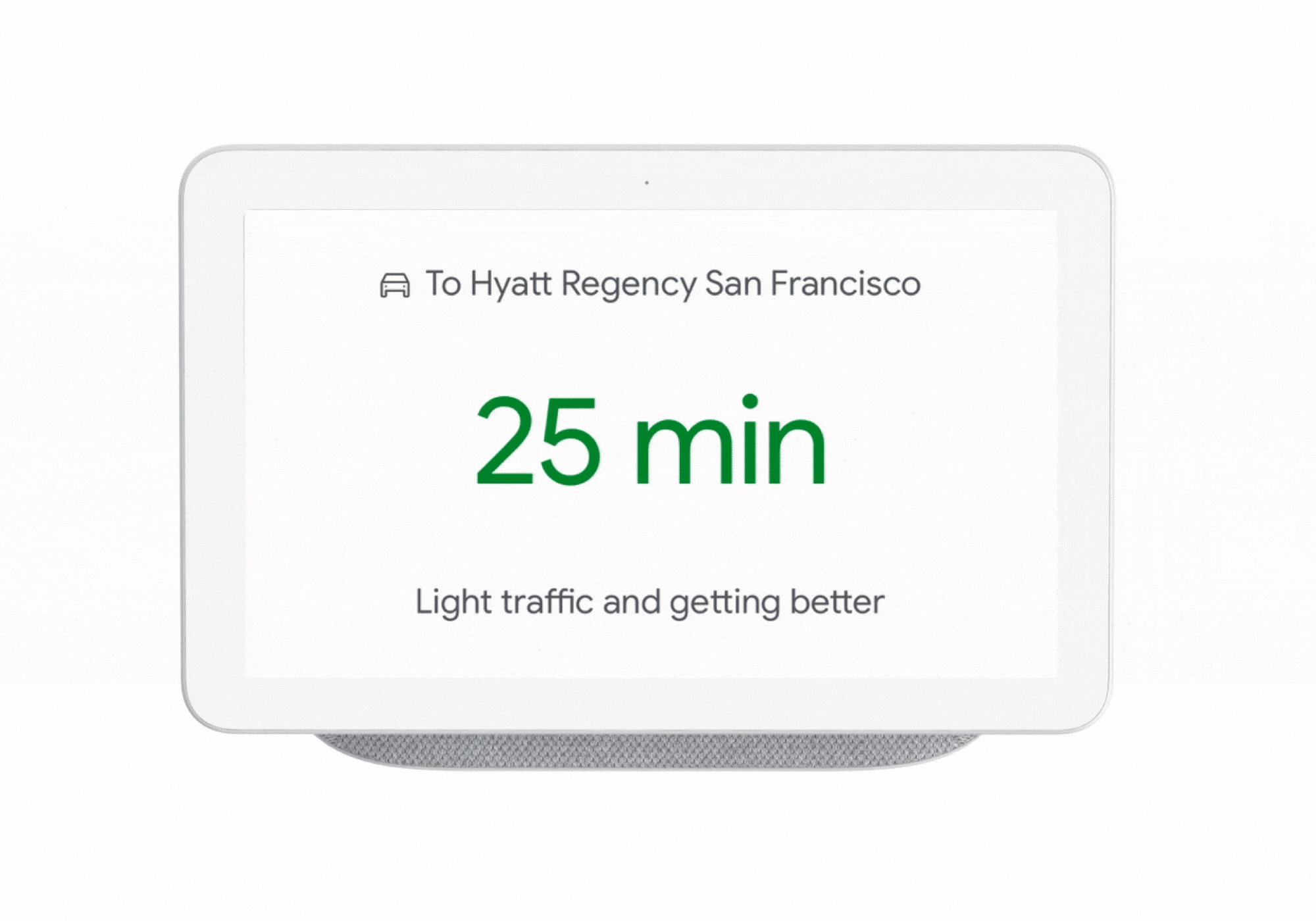Google adds ultrasound technology to Nest displays, here is how it works

Google was looking for a way to make its Nest displays more accessible for people who have low vision. After testing various techs, the Mountain View company found that sensing technology fits best in various scenarios.
Thanks to the new technology, Nest displays will be able to detect how far away is the user and display the information accordingly. If the user is close, the screen will show more details and touch controls, and when they're further away, the screen changes to show only the most important information in larger text.
This is possible with the ultrasound sensing technology that makes the Nest Hub and Nest Hub Max emit inaudible sound waves to gauge your proximity to the device. It's the same principle called echolocation that we've learned about in school, which allows animals with low vision (i.e. bats) to navigate their environments. These animals emit ultrasonic waves and listen to how these bounce off of objects in their environments and travel back to them.
Anyway, Google adopted the same principle and tailored the technology to be usable in the Nest displays. At the moment, ultrasound sensing is available for timers, commute times and weather, but over the coming week, Nest Hub and Nest Hub Max will start showing reminders, appointments, and alerts when the user approaches the display.
Thanks to the new technology, Nest displays will be able to detect how far away is the user and display the information accordingly. If the user is close, the screen will show more details and touch controls, and when they're further away, the screen changes to show only the most important information in larger text.

It's worth mentioning though that the technology can only detect large-scale motion, and will not be able to identify who's the person moving.
Anyway, Google adopted the same principle and tailored the technology to be usable in the Nest displays. At the moment, ultrasound sensing is available for timers, commute times and weather, but over the coming week, Nest Hub and Nest Hub Max will start showing reminders, appointments, and alerts when the user approaches the display.










Things that are NOT allowed: